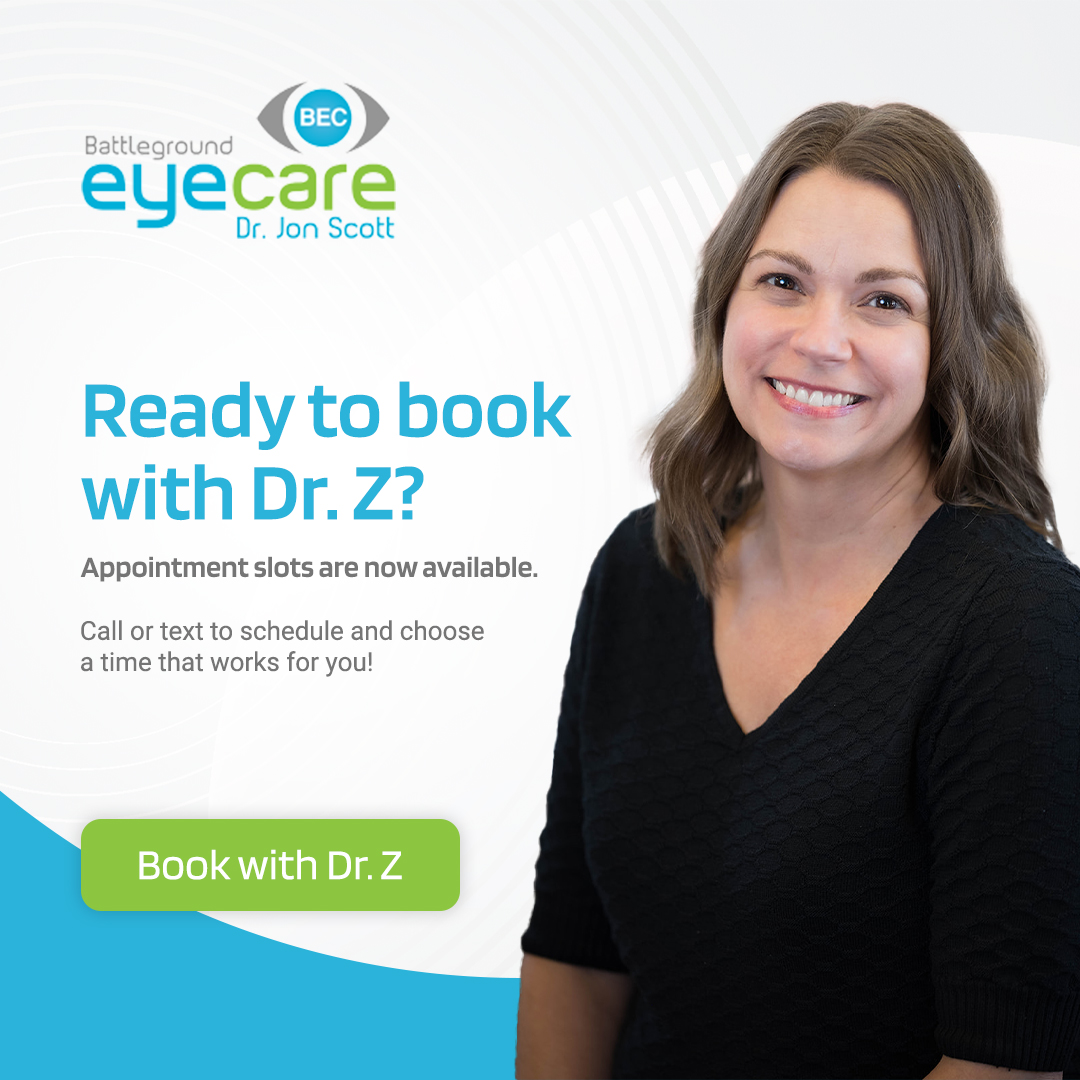
Although regular contact lenses work perfectly well for many patients, they are not automatically the best choice for everyone. Every patient is unique and the shape of the cornea – which is the clear, domed lens covering the front part of the eye – can also differ. If you have any sort of corneal abnormality or certain eye conditions such as dry eye syndrome, standard contacts may not fit comfortably or work effectively. Fortunately, there are specialty contact lenses available for these patients.
There are various different types of specialty contact lenses and your eye doctor will be able to recommend which is most suited to you based on your individual requirements.
Hybrid Lenses
Hybrid lenses are a great choice for patients who require specialty contact lenses, and there are various types to choose from including multifocal. Hybrid lenses have the main body of a rigid gas permeable contact lens (see below), but the edges or skirt of the lens is the same as that used in a soft lens. The soft part of the lens keeps the debris our and the lens firmly in place on your eye whilst still ensuring that it is comfortable, whilst the rigid center provides clear crisp vision.
Rigid Gas Permeable Lenses
Rigid gas permeable lenses, also known as RGP or GP lenses, are a popular choice for patients who have corneal abnormalities and can therefore not wear standard contact lenses. As their name suggests, they are more rigid than standard soft lenses and this enables them to hold their shape better. They are also easier to handle. However, some patients find them uncomfortable to wear for prolonged periods of time.
The other key design element of RGP lenses to note is that they are gas permeable. This means that the material used to make them allow oxygen to flow through the lenses to the surface of your eyes, keeping them comfortable and properly lubricated. This makes them suitable for patients with conditions such as dry eye disease or eye allergies.
Piggyback Lenses
The Piggyback specialty contact lens system consists of a combination of two lenses. These are a rigid gas permeable contact lens sitting on top of a soft contact lens. By combining the two, patients get the benefit of the clear vision provided by an RGP lens without the discomfort that comes with it. Instead, the soft contact acts as a cushion to provide the patient with the comfort of ordinary contact lenses.
Scleral Lenses
Scleral contact lenses are another type of specialty contact lens that is designed specifically to overcome corneal abnormalities. These lenses are much larger in diameter than standard contacts and vault over the surface of the cornea, leaving a gap between the back of the lens and the front of the cornea. This gap is integral to their function, as it enables fluid to be trapped on the surface of the eye as well as providing enough space for any physical corneal issues such as the bulging that is characteristic of keratoconus. There are various sizes of scleral contacts and your eye doctor will recommend which is right for you.
What is a Specialty Contact Lens Fitting?
A specialty contact lens fitting is an appointment that is dedicated to discovering which specialty contact lenses will be right for you and ensuring that the fit of your chosen lens type will be perfect before your eye doctor sends away for your bespoke lenses. To do this, several pieces of technology may be used, and this will be explained to you during your appointment.
If your eye doctor believes that scleral contact lenses are the best solution for you, your fitting may include the use of one of the most cutting-edge pieces of equipment used in specialty contact lens fittings for scleral lenses - The SMAP3Dô. We are delighted to be able to offer our patients the benefit of scleral lens fittings using this revolutionary topography solution.
The SMAP3D is a corneoscleral topographer meaning that it captures extremely accurate and highly detailed images of the cornea and sclera, which are then turned into a 3D map of the front surface of the eye that can be used to determine both which type of specialty contact lens may suit you best, and ensure that the choice you make is a perfect fit when it is delivered. This is because the information obtained using the SMAP3D is reviewed and analyzed in order to create your bespoke lenses.
For more information about what to expect from a specialty contact lens fitting, please contact our office to speak to our team in Greensboro, NC or to schedule an appointment.







